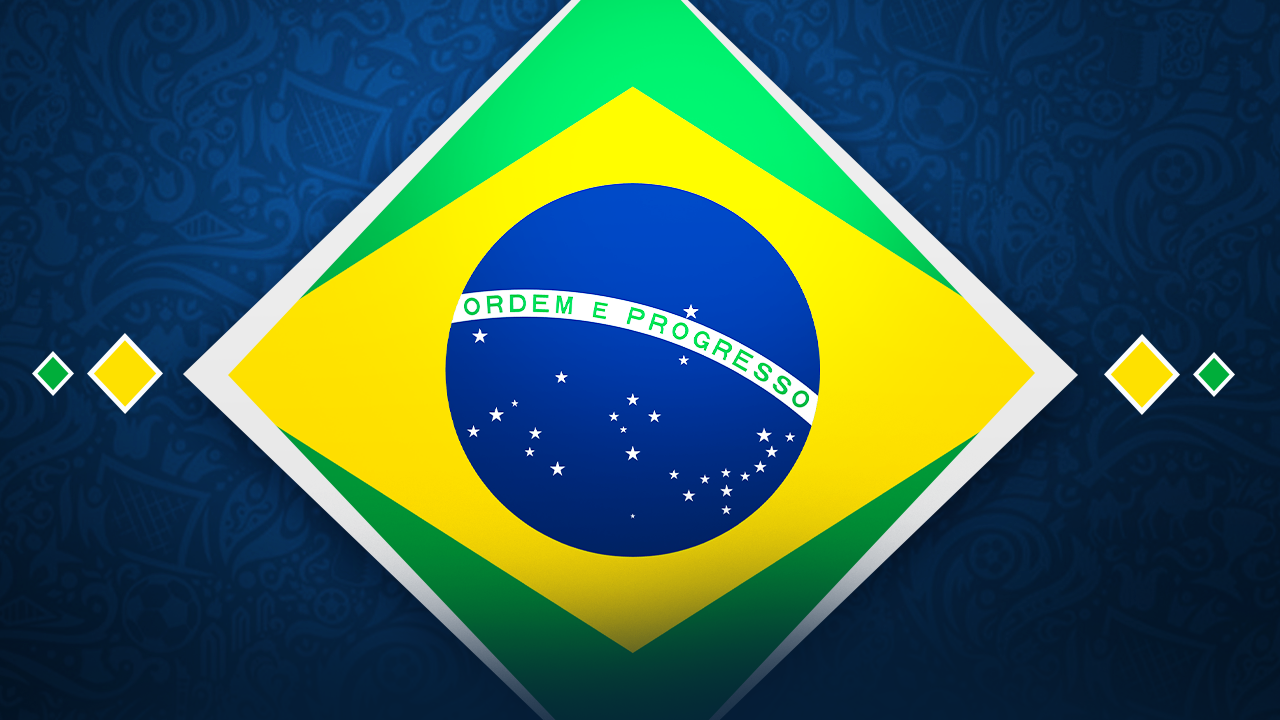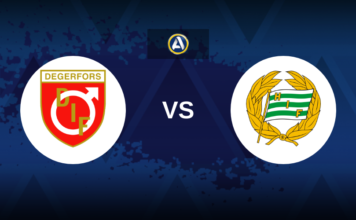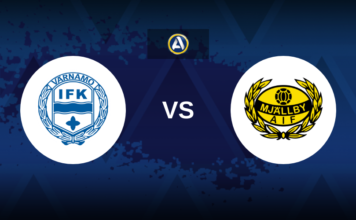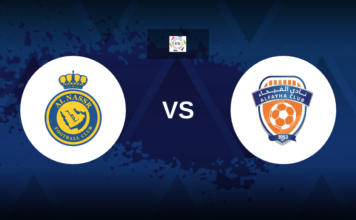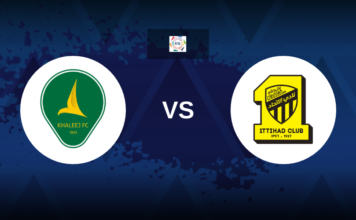From Cafu to Thiago Silva, Brazil once blended flair with steel at the back. Today, their defensive legacy is fading—and it may be more than just a tactical shift.
Brazil is a nation that gave the football world magic, rhythm, and unstoppable flair. But it also gave us some of the finest defenders to ever grace the pitch. For decades, the Seleção didn’t just rely on dribbles and samba beats—they were backed by a formidable wall of warriors who defined their positions.
Think back to Cafu, the legendary right-back who won two World Cups and bombed down the right flank like a man possessed. A tireless engine wrapped in tactical intelligence, Cafu wasn’t just a fullback—he was a leader. Then there’s Roberto Carlos, famous for a free-kick that seemingly broke the laws of physics. But behind that viral moment was a tireless, explosive defender who shut down his flank and surged forward with purpose.
In the middle, there was Lúcio—a rock, a leader, a lion-hearted enforcer during Brazil’s 2002 World Cup triumph. Years later, Thiago Silva would bring elegance to the heart of the defense, playing like a professor in boots—always calm, always in control.
But look at the modern Brazil side, and you’ll notice something missing. The samba beats still echo. The dribbles still dazzle. But the silence at the back is deafening.
Where Did Brazil’s Defensive Edge Go?
In the last two decades, Brazil’s football identity has evolved—some say drifted. The focus has shifted towards attacking brilliance. From Neymar to Vinícius Jr., Rodrygo to Endrick, the pipeline is rich with front-footed flair. But defensive development? Not so much.
Young Brazilian kids idolize scorers, not stoppers. At grassroots level, training often prioritizes flair, technique, and goals. Defenders are either overlooked or transitioned into more glamorous roles if they show technical quality. Why be a center-back when you can be a No. 10?
It’s a cultural evolution. In Brazilian football folklore, defenders are rarely heroes.
Tactical Evolution Leaves Brazil Behind
The demands of defending have changed. Today’s top defenders are expected to do far more than tackle and clear. They must build play, break lines, dictate tempo—essentially act as deep-lying playmakers.
Modern greats like Virgil van Dijk, Ruben Dias, and Josko Gvardiol reflect these standards. But to reach that level, players need a deep tactical education early on—something Brazil’s fragmented youth system often lacks.
While elite academies like São Paulo FC, Grêmio, and Palmeiras still nurture talent, there’s a lack of consistency nationwide. Not every academy is equipped to teach the nuances of modern defending—positional awareness, pressing schemes, or anticipation under pressure.
Contrast that with countries like France and Germany, which have invested heavily in youth systems structured to develop defenders from the age of seven.
Economics and the Export Pipeline
There’s also an economic element. Brazilian clubs are under constant pressure to sell young talent. Attackers bring bigger transfer fees and more global attention. So naturally, clubs focus on producing wingers, forwards, and attacking midfielders.
Defenders take longer to mature and often don’t command the same market buzz—so their development becomes secondary.
Still Some Bright Spots
Despite the decline, Brazil has some defenders making noise at the highest level:
- Éder Militão – A key part of Real Madrid’s recent success, blending strength and speed.
- Gleison Bremer – A physical and intelligent presence at Juventus.
- Gabriel Magalhães – Crucial to Arsenal’s defensive solidity under Arteta.
- Marquinhos – Developed at a time when the system was stronger, and still Brazil’s most polished modern center-back.
- Thiago Silva – He was still Brazil’s best defender at the 2022 World Cup. That’s both a compliment and a warning sign considering his age.
The Way Forward
Brazil doesn’t lack talent. It lacks priority. The system must shift. Defensive roles need the same attention as attacking ones. That means:
- Structured, defensive coaching in youth academies
- Patience in developing defenders at home
- Elevating defenders to hero status in football culture
- Tactically preparing players for European systems
The fall wasn’t sudden. It was a slow fade. But the comeback? That can start now—if Brazil remembers that a beautiful game needs both art and architecture.
